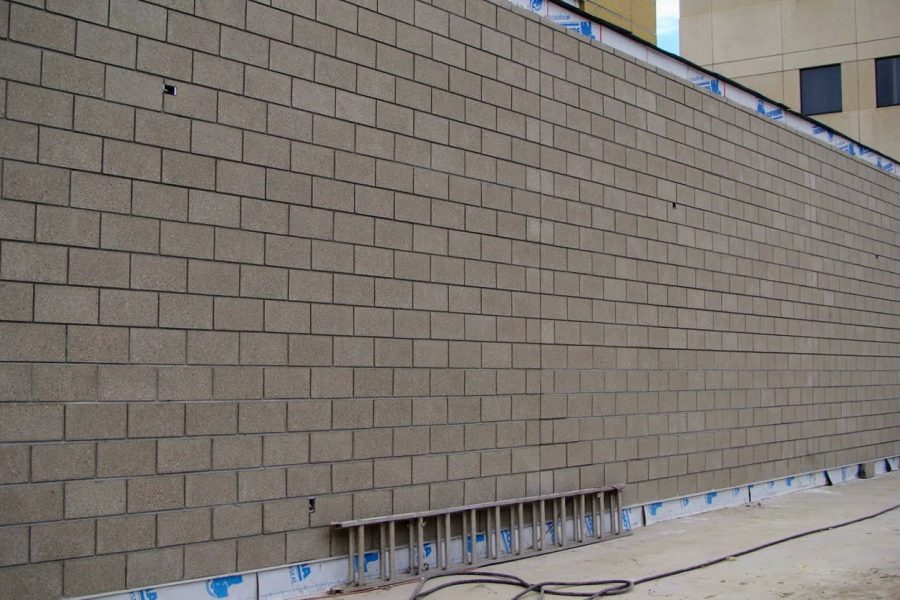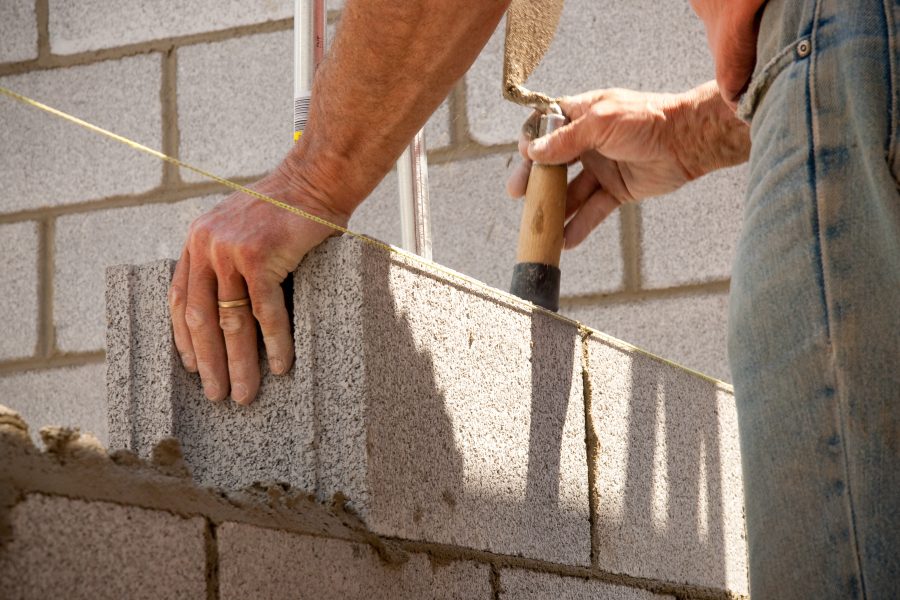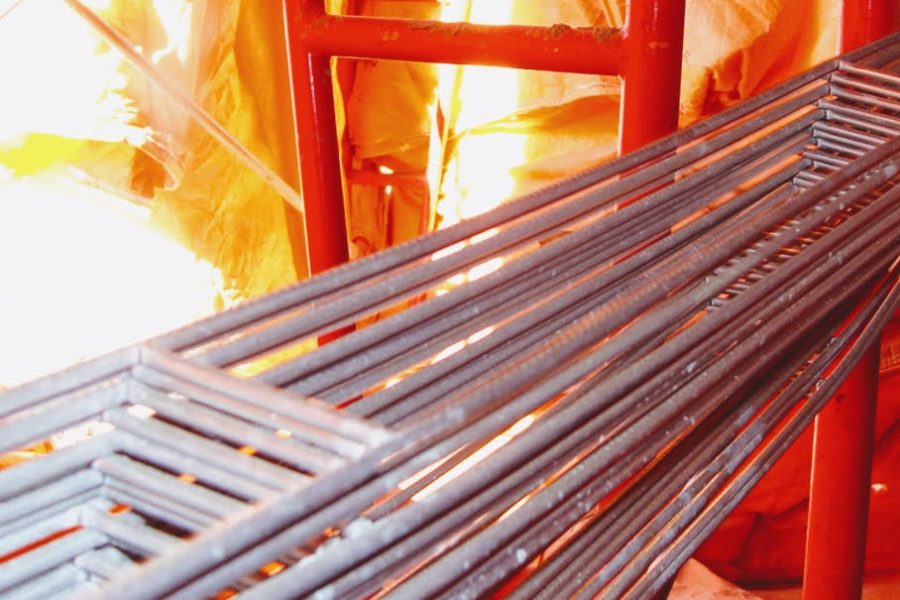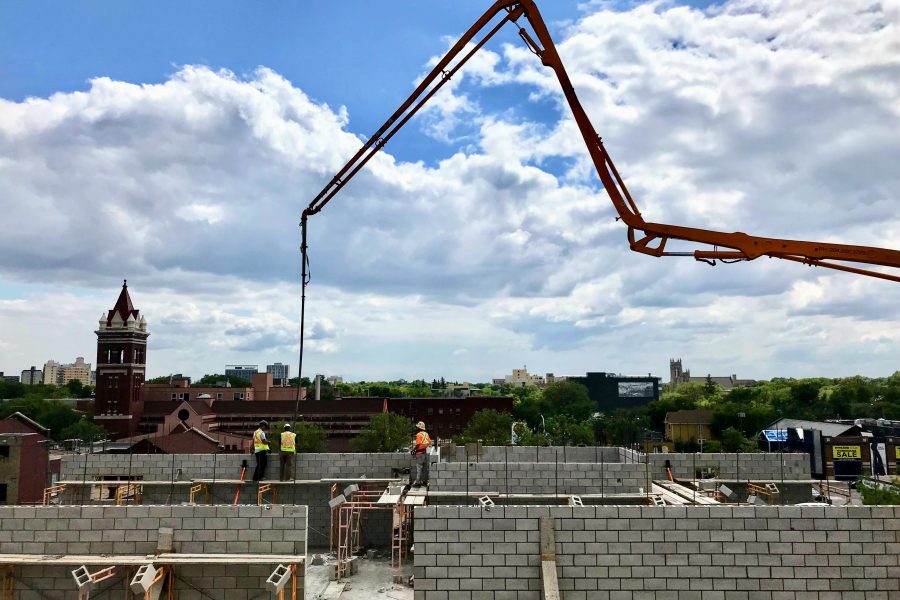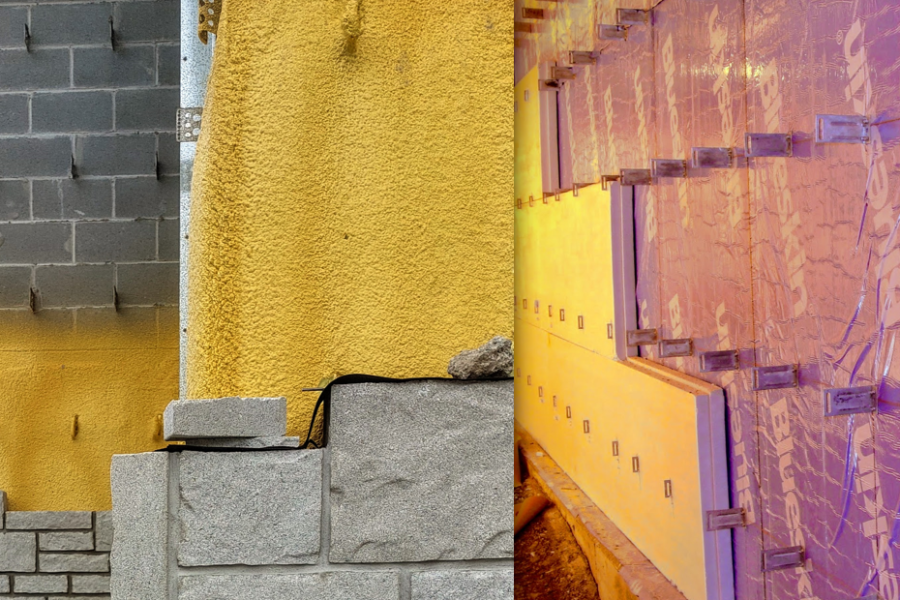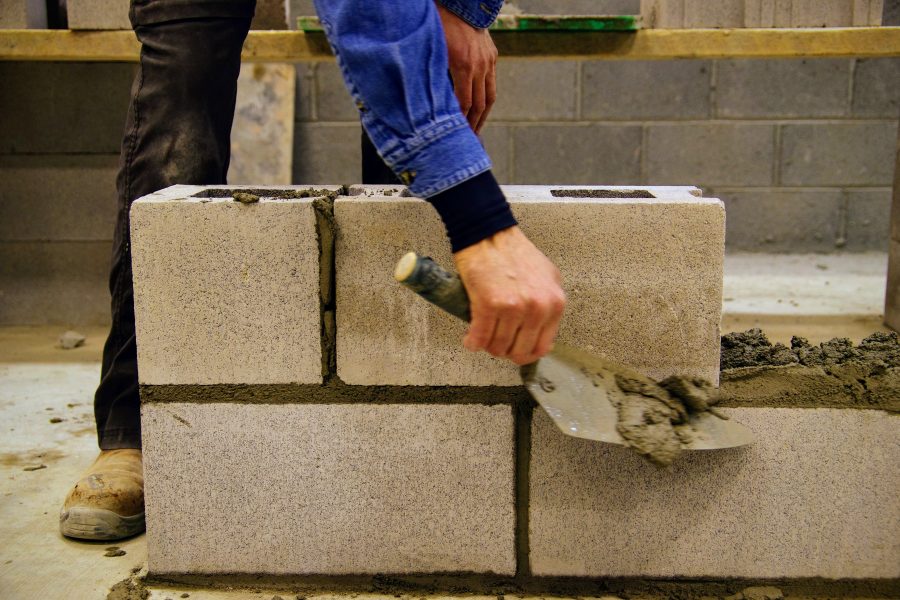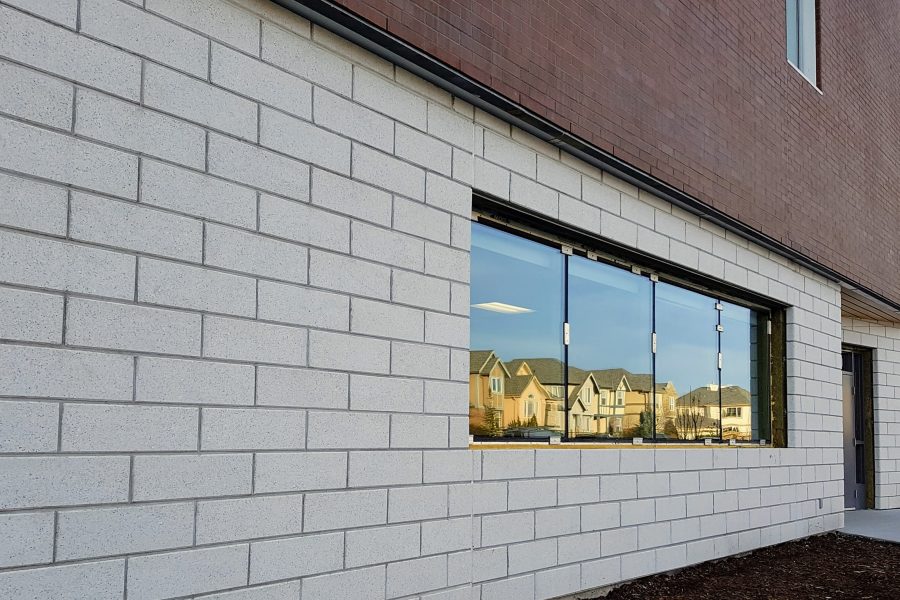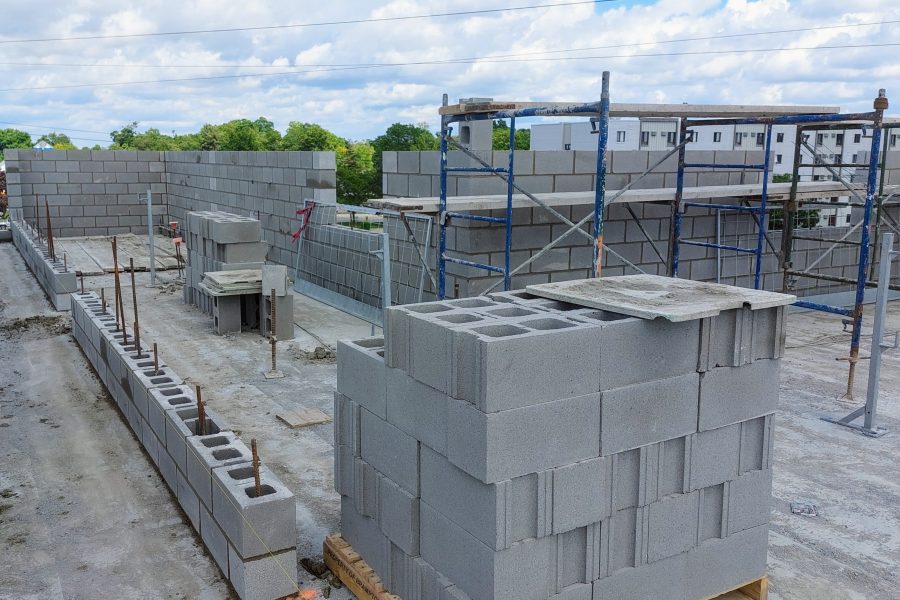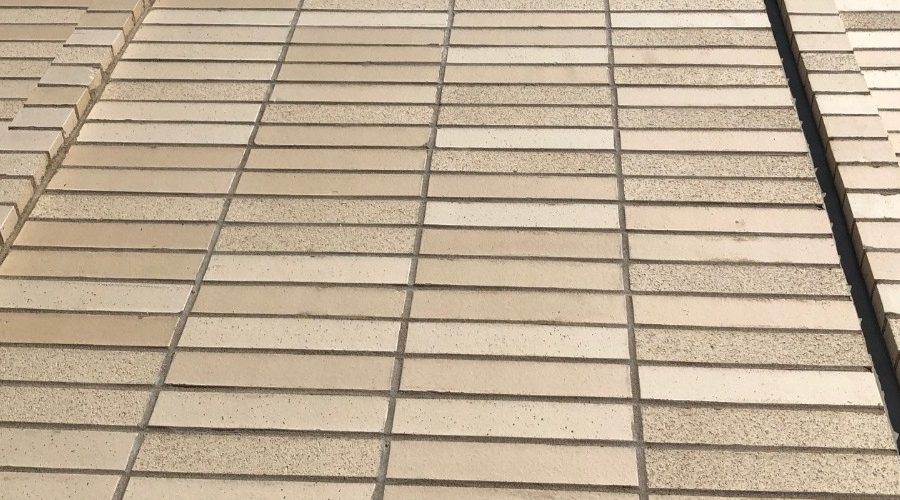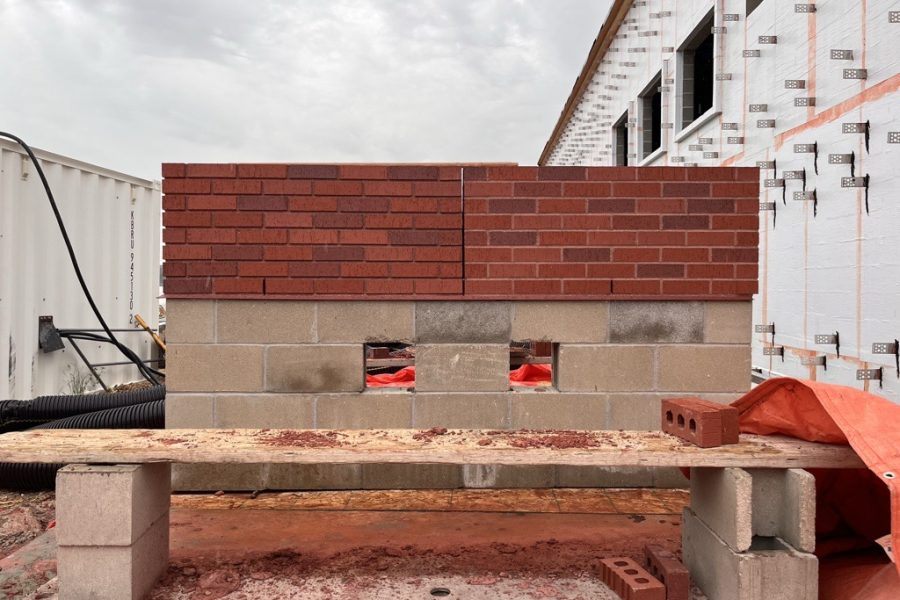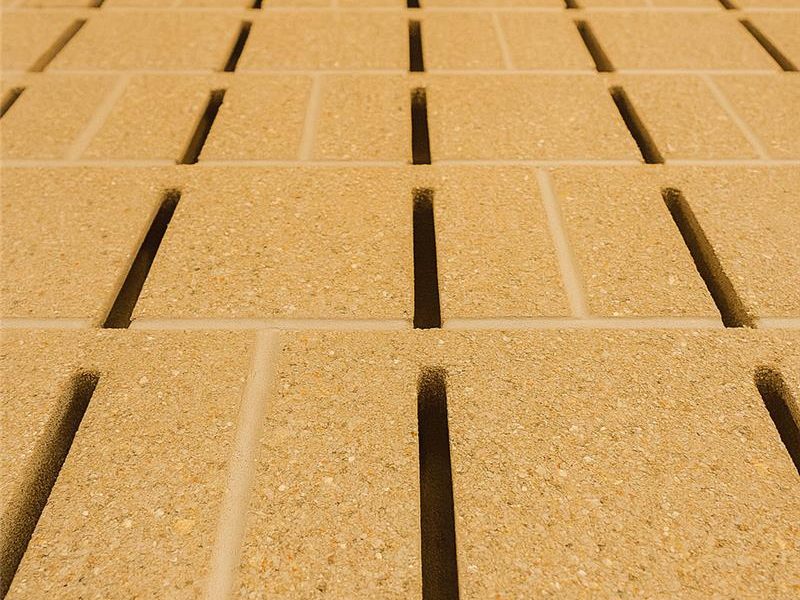Part of CMDC’s mission to educate the design community
Masonry Specification Series
Raising potential issues and addressing ambiguity by highlighting common examples and providing more information
Specification Articles
Errors in construction specifications lead to lost time and money for all parties involved. Errors can occur due to references to outdated standards, contradictory/conflicting requirements throughout a specification, general omissions of important information, or a misunderstanding of what is present in masonry standards. The following are examples of some of the typical issues the CMDC engineering staff have encountered. The purpose of these pages are to provide a general resource to help inform mason contractors, specification writers, architects, engineers, and masonry designers in general on what types of specifications can often lead to issues on a masonry job.
Presented below include some examples of poorly written specifications and/or structural notes. For each topic, provided is a brief discussion covering typical issues along with some general recommendations on the proper language that could be used to remedy the issue.
Browse by category and do not hesitate to contact CMDC directly with any questions or comments.
Some articles will appear in more than one category as they apply to each of them. A full listing is available here.
Sorted according to section within the National Master Specification (NMS)
Jump Straight to:
Have a question but don’t see what you’re looking for?
04 05 00 – Common Works Results for Masonry
This section describes the various requirements and topics related to general masonry work that appear within specifications. It is important for many of these topics to be directly addressed through pre-construction meetings. At such an early stage, it would be critical to ensure coordination and scheduling alignment with material suppliers and other trades.
Shop drawings that indicate reinforcement details, connector design, etc. may be required. It is important that responsibility for said drawings be clearly defined within any project. In many cases, the lead project structural engineer is only made responsible for the design work involved for the structure itself, design for masonry partitions or veneers may inadvertently “slip through the cracks” of responsibility for procuring and paying for such services. It is therefore important to remember that in many cases both partition walls and veneers must be designed using loads derived from the National Building Code of Canada (or local Provincial code). It is critical that these designs do not get ignored or otherwise left out from project budgeting, planning, and execution standpoints, as veneers and partitions can play a role in life safety
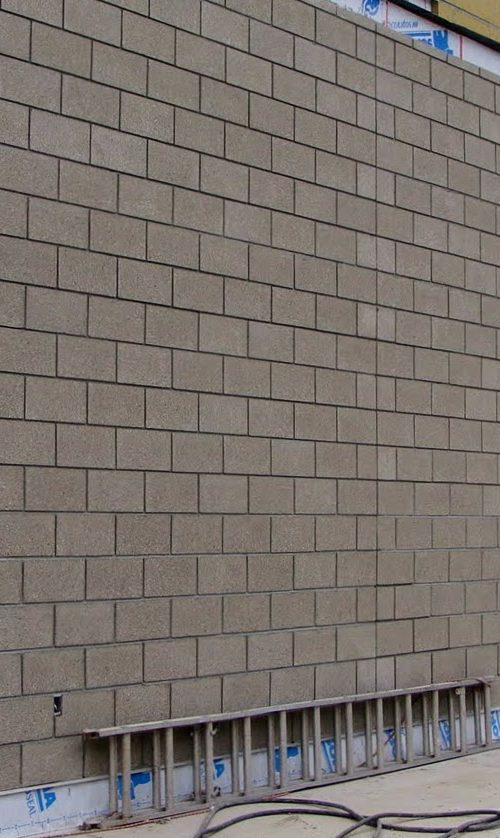 Vertical Movement Joints
Vertical Movement Joints
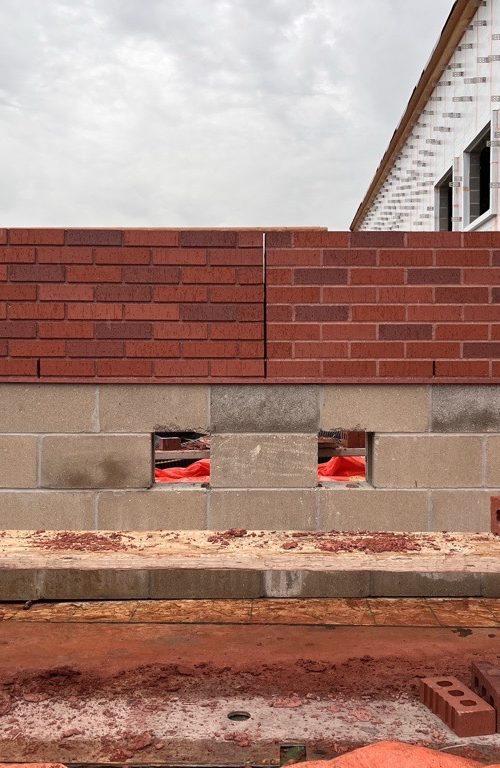 Specifying Mock-ups or Sample panels
Specifying Mock-ups or Sample panels
Specifying Mock-ups or Sample panels
04 05 13 – Masonry Mortaring and Grouting
This section describes the various requirements and topics related to masonry mortars and grouts, specifically related to materials, mixing, and testing. As noted in the previous section, many of the specifications that relate to mortars and grouts are best left as references to masonry standards, specifically, CSA A179, instead of creating something completely new. Also, as noted in the previous section, mortar and grout materials benefit greatly from preconstruction meetings with the masonry contractor, architect, and engineer to plan how mortaring and grouting will be executed for the project. The following section will provide some relevant discussion pertaining to aspects of mortaring and grouting specifications that are often the sources of possible conflict or concern. This discussion is no way exhaustive and is not intended to replace detailed and properly written specifications.
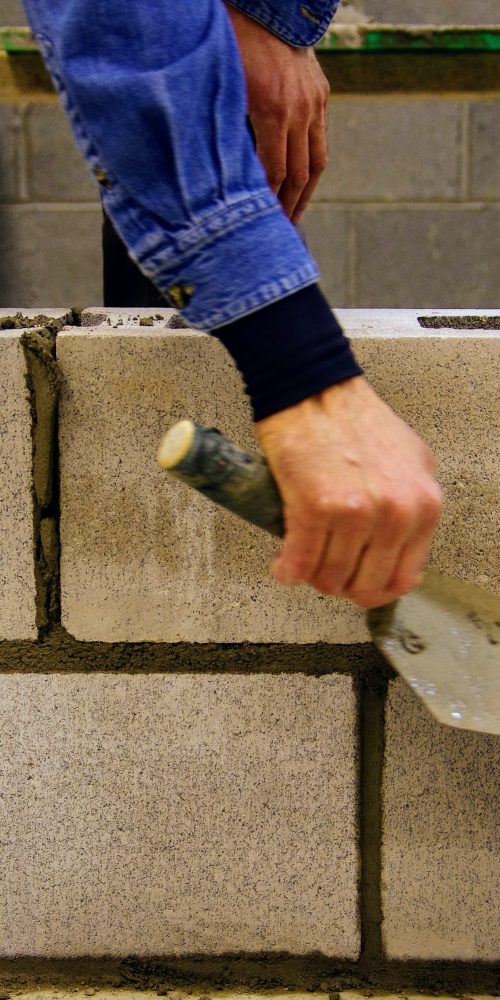 Mortar for Nonloadbearing Masonry
Mortar for Nonloadbearing Masonry
Mortar for Nonloadbearing Masonry
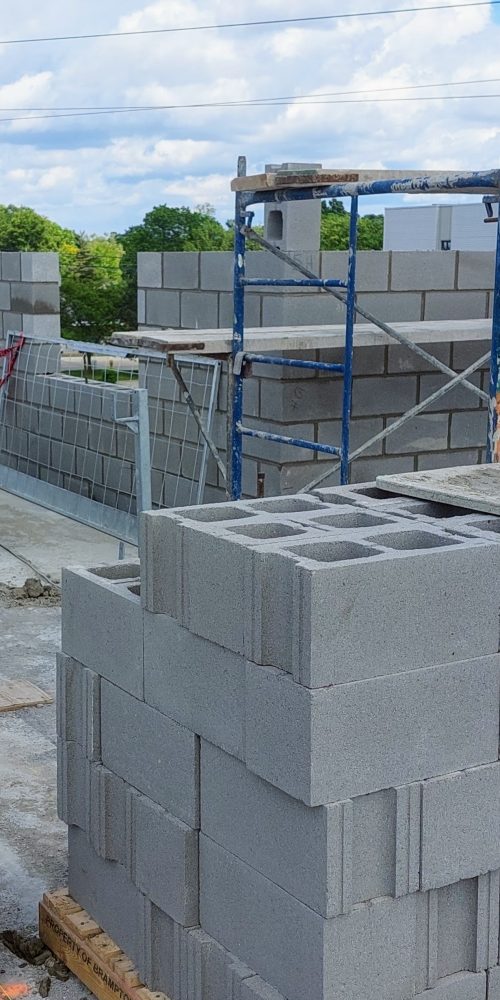 Mortar for Loadbearing Masonry
Mortar for Loadbearing Masonry
Mortar for Loadbearing Masonry
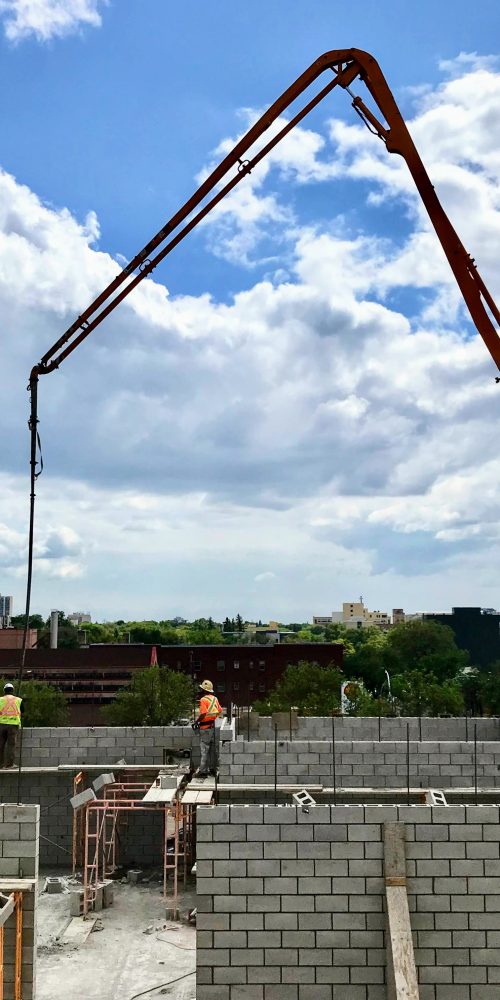 Masonry Grout
Masonry Grout
Masonry Grout
04 05 19 – Masonry Anchorage and Reinforcing
One of the most common errors in masonry specifications is when reinforcement or tie spacings are given prior to design work being completed. Loadbearing and partition wall reinforcing is to be selected based on the engineering design for loads resistance subject to prescriptive minimums given by CSA S304.
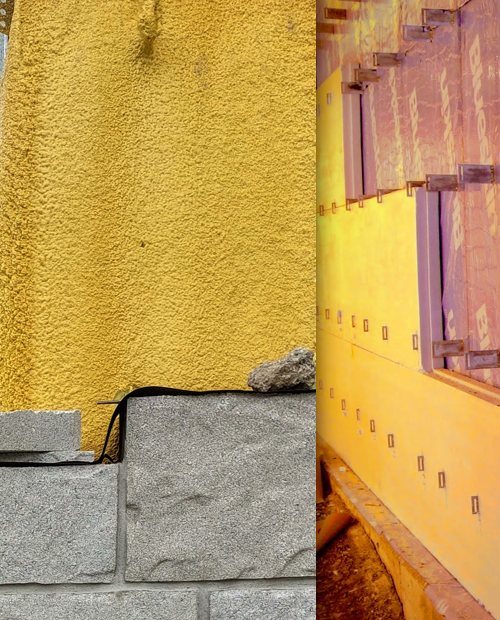 Masonry Veneer Ties
Masonry Veneer Ties
Masonry Veneer Ties
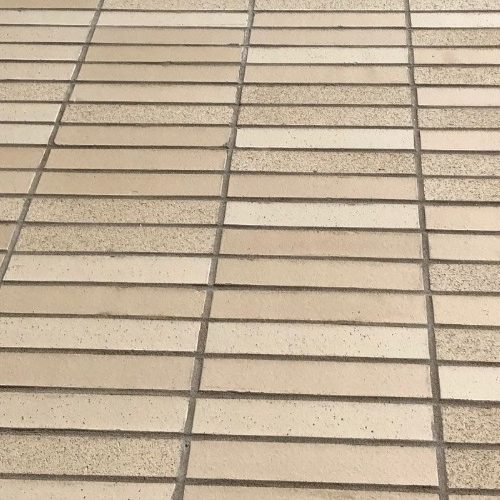 Horizontal Reinforcement for Stack Pattern Veneer
Horizontal Reinforcement for Stack Pattern Veneer
Horizontal Reinforcement for Stack Pattern Veneer
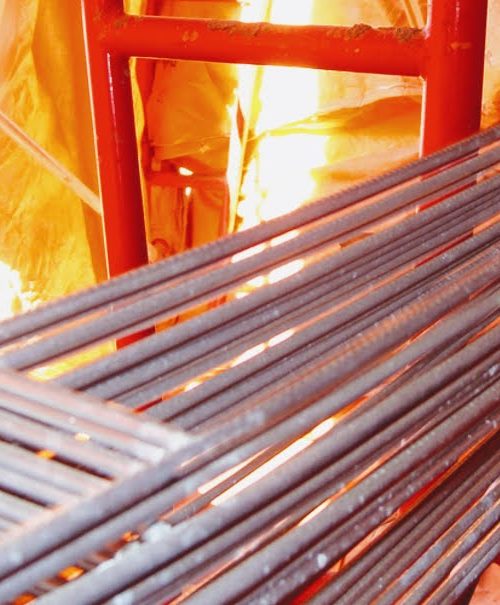 Bed Joint Wire Reinforcement
Bed Joint Wire Reinforcement
Bed Joint Wire Reinforcement
04 05 23 – Masonry Accessories
Tie spacing in masonry veneers shall be based on the engineering analysis required by CSA S304 (9.1.3) subject to the prescriptive maximums specified by CSA A370, unless prescriptive ties are used. Of particular interest, is the responsibility for the design of masonry ties, which is a common misunderstanding between the design team and masonry contractor. Specifications should clearly indicate when a masonry contractor is required to provide stamped structural drawings.
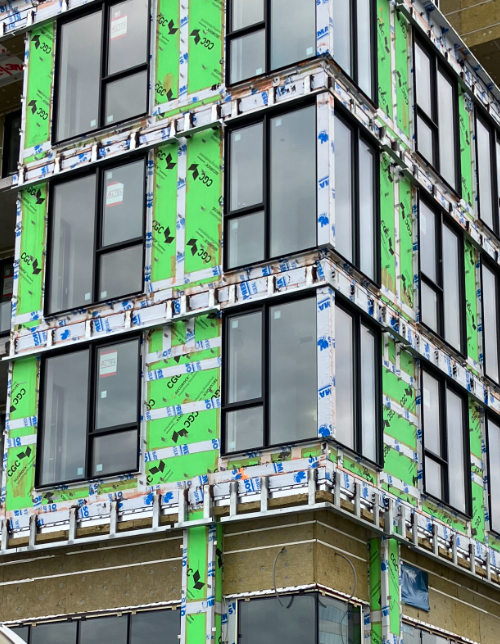 Shelf Angles
Shelf Angles
Shelf Angles
04 21 13 – Brick Masonry
Specifications for masonry materials are often actually the starting point for any masonry project, particularly veneers. The type of material selected will affect bonding patterns, connectors design, movement joints, and labour requirements. The following factors must be considered by the design team when specifications are being written, and by the masonry contractor when bidding a project, respectively.
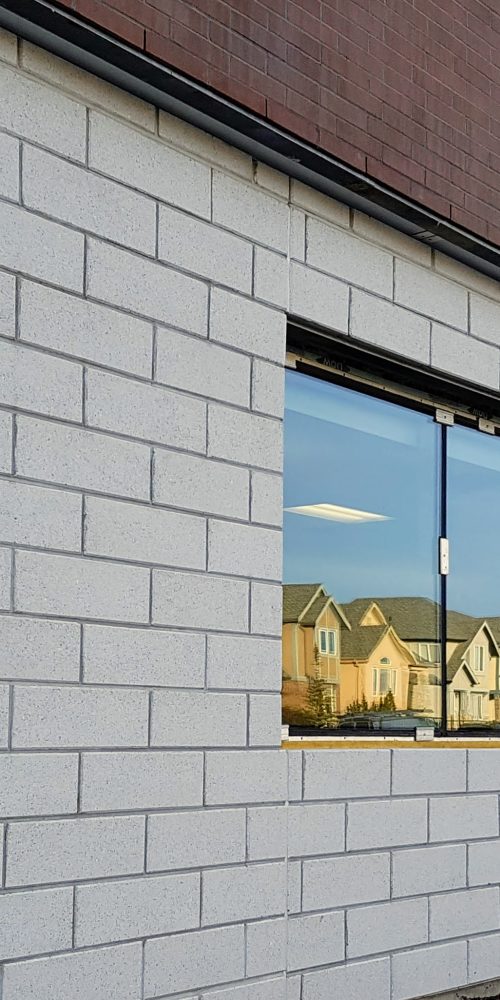 Masonry Units Larger than the Definition for Unit Masonry
Masonry Units Larger than the Definition for Unit Masonry
Masonry Units Larger than the Definition for Unit Masonry
04 22 00 – Concrete Unit Masonry
Specifications for masonry materials are often actually the starting point for any masonry project, particularly veneers. The type of material selected will affect bonding patterns, connectors design, movement joints, and labour requirements. The following factors must be considered by the design team when specifications are being written, and by the masonry contractor when bidding a project, respectively.
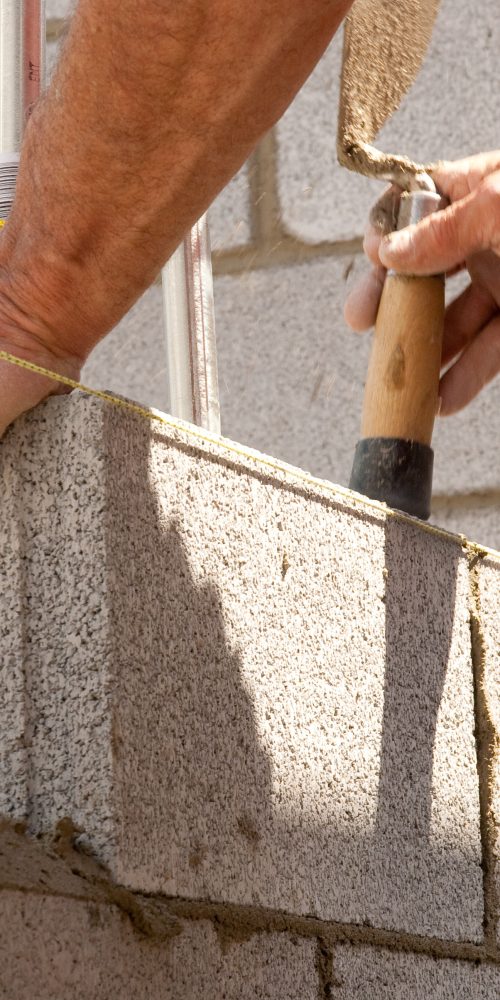 Specifying Concrete Masonry Units
Specifying Concrete Masonry Units
Specifying Concrete Masonry Units
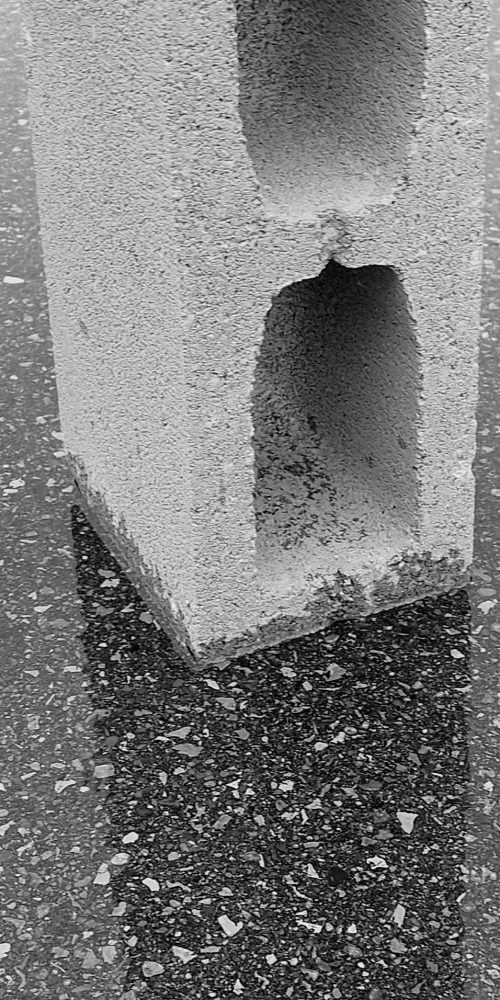 Moisture Controlled Concrete Block
Moisture Controlled Concrete Block
Moisture Controlled Concrete Block
 Masonry Units Larger than the Definition for Unit Masonry
Masonry Units Larger than the Definition for Unit Masonry
Masonry Units Larger than the Definition for Unit Masonry
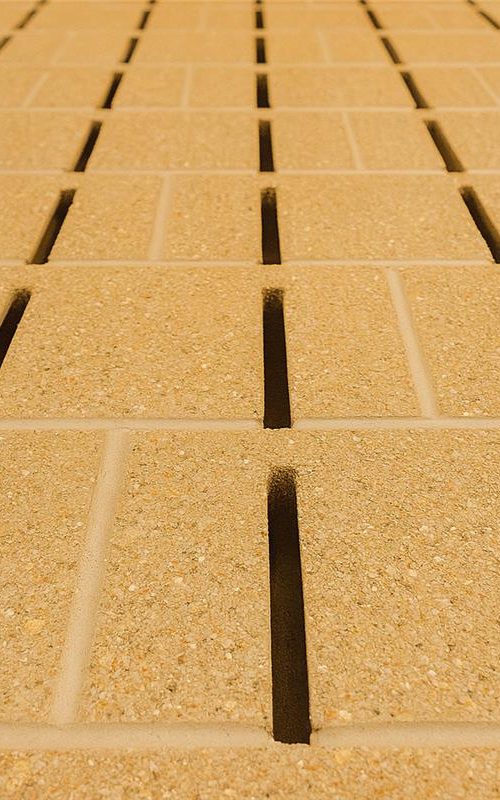 Acoustic Block in Reinforced Walls
Acoustic Block in Reinforced Walls
Acoustic Block in Reinforced Walls
Complete Collection of Specification Articles
Below is a list of every article published within this specification series. For a categorical breakdown using the NMS numbering structure as a template, click or tap here.
Have any Questions? Don’t see your issue listed here?
CMDC is available to answer any design or construction questions for designers or our contractor members. Please do not hesitate to contact us if you are looking at a specification that is raising some questions or you are looking to specify something in your design and want to ensure that the way it is written in a way that is clear and reflects the codes and standards that are being used for your project
Get in touch with our team
The Canada Masonry Design Centre helps members of the design community across the country by connecting them to the resources and supports they need. Contact us today and get the conversation started!
Contact Us

